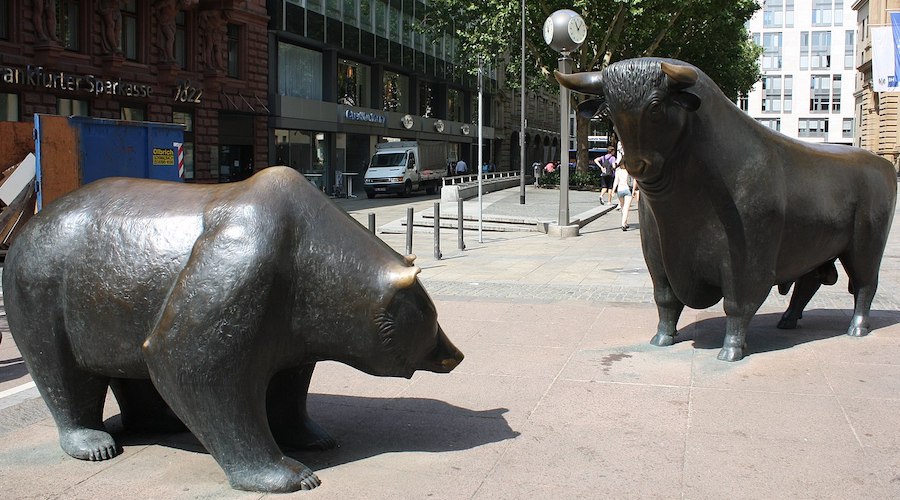
A report by Fitch Ratings states that, in the current context of geopolitical tensions, natural disasters and epidemics like that of the novel coronavirus, mining companies that have competitive cost structures and ample leverage headroom should be able to withstand commodity price risk.
On the other side of the spectrum, miners whose credit profiles are less efficient and who have limited financial flexibility are expected to be walking on the tightrope given the possibility of such exogenous events disrupting supply/demand conditions.
“Prices for copper, aluminium, iron ore and zinc meaningfully declined after the COVID-19 outbreak due to the possible effect on Chinese demand,” the market analyst reports. “In some cases, prices fell below Fitch’s 2020 rating case assumption of $5,900/tonne for copper, $1,750/tonne for aluminium, $75/tonne for iron ore and $2,300/tonne for zinc. Fitch expects the coronavirus outbreak to dampen China’s GDP growth this year but the scale of the impact remains uncertain.”
In the view of the New York-based firm, giants BHP (NYSE: BHP), Rio Tinto (ASX, LON, NYSE: RIO) and Anglo American (LON: AAL) have low-cost assets and ample leverage headroom at current rating levels which should make them less vulnerable to longer than expected price weakness.
Similarly, Brazil’s Vale (NYSE: VALE) and Nexa Resources (TSX, NYSE: NEXA), as well as Mexico’s Southern Copper (NYSE: SCCO), are well-positioned to manage through a period of price weakness due to their strong balance sheets and low-cost structures.
On a completely different boat are Peru’s Volcan (BME: XVOLB) and Chile’s Codelco – the world’s no.1 copper producer – considered to be vulnerable due to a failure to reduce debt and/or the effect of lower prices on cash flow and the ability to internally fund Capex.
According to Fitch, Canada’s First Quantum (TSX: FM) is also significantly exposed to copper price risk, given its concentrated price mix and limited leverage headroom. “However, increased production from the ramp-up of its Cobre Panama greenfield project, the ability to reduce Capex and limited near-term maturities will support cash flow generation and limit pressure on liquidity during a challenged operating environment,” the report states.
If the coronavirus epidemic leads to restrictions in mining operations and the transport of products, curtailed capacity and building of surplus inventory, miners’ ability to stay afloat will depend on their cost position and level of leverage headroom
Phoenix-based Freeport-McMoRan (NYSE: FCX), which partially owns the massive Grasberg copper and gold mines in Indonesia, is not so badly positioned either due to its exposure to gold, which is a natural hedge. In addition to this, the company’s Latin American assets are average cost but its US assets are higher cost.
“Freeport-McMoRan significantly reduced debt over the past several years, has sufficient liquidity and has proven its willingness to curtail loss-making operations and cut dividends, if necessary,” Fitch highlights.
More unstable is the forecast for Russia’s Rusal, the world’s second-largest aluminium company by primary production output, because even though the company has a low-cost position in aluminium, its operating and financial profile weakened in 2019 due to prolonged low commodity prices, cost inflation and slower-than-targeted debt reduction.